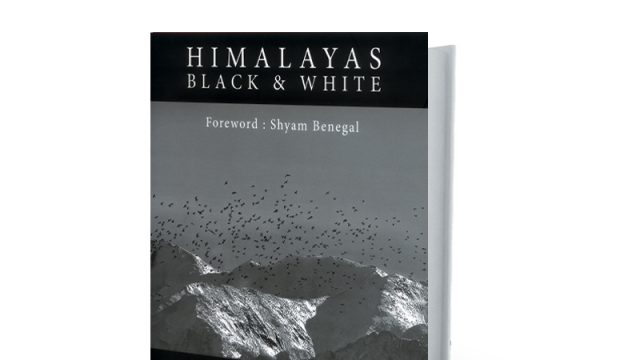Among Indian Himalayan photographers, Ashok Dilwali stands next to none. But then, pioneers never do. Dilwali has been pointing his lens at the Himalayas for the past 37 years now and has made around 300 trips into the mountains (all non-sponsored, he points out). That has obviously led to a considerable output, and it took Dilwali 23 books to do some justice to it. This is his 24th, and it’s nothing like any of his earlier books.

These are the Himalayas re-imagined in monochrome. Free of distractions, they appear majestic, yet curiously intimate. The inspiration behind the book is the great landscape photographer, Ansel Adams, whose larger-than-life images required large-format cameras to achieve their characteristic sharpness. In the age of insta gratification, it’s always nice to step back and savour some old-style photography. And Dilwali’s homage to the master comes with nary a shred of hubris.
I’m not sure though that all of the images in this book have benefitted from the monochrome treatment. But there are enough stunning photographs here to ensure the book its rightful perch in any respectable Himalayan library. In fact, some of these images are among the best of the Himalayas ever taken.

I was particularly captivated by the stern geometric forms that careful observers like Dilwali seem to effortlessly stumble upon in the lap of nature. There are plenty here: leaves and rocks, birds and fields and icicles. The stark scenery of the high Himalayas, which is of course the mainstay of such a book, is softened with images of prayer flags and chortens.
With a subject as lofty as the Himalayas, I could not help wishing this book had been produced in a larger format—because nothing flatters a picture more than the size of the canvas. Yes, size does matter. On the other hand, given its compact proportions, I’m dipping into it more often. I guess it’s a coffee-table book on the go.




